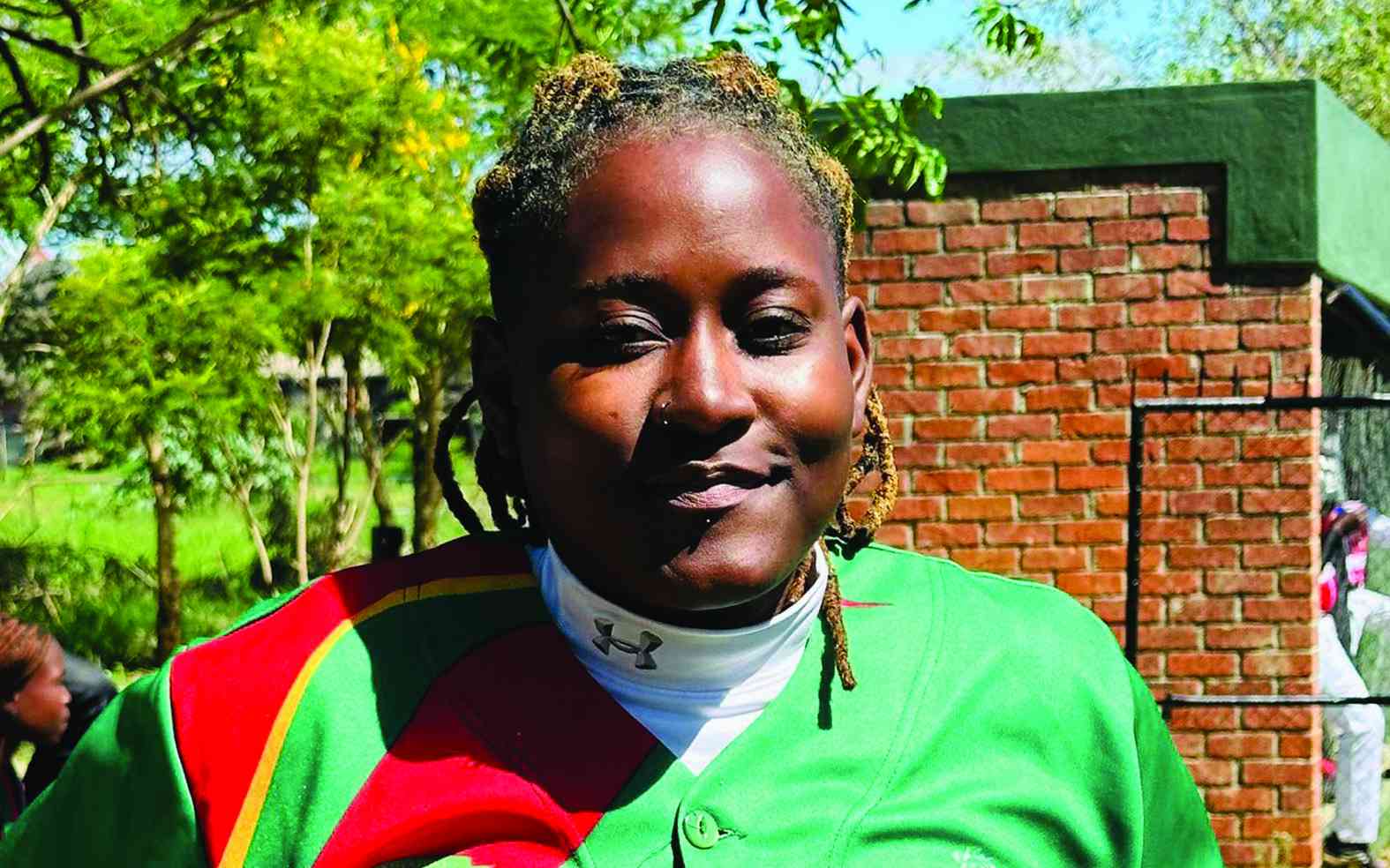
Visual artist Keith Zenda, founder of the ArtZenda workshop and co-founder of Swiss-Zim Heritage Gallery, has said the Dubai exhibition opened doors for Zimbabwean visual artists.
Zenda was in Dubai recently representing a collaboration of four creatives Tonderai Mujuru, Barry Lungu, Sampson Kuvenguhwa and himself.
Zenda said the exhibitions went according to plan and were well received while he drew much inspiration from food, the beautiful cities, conducive creative spaces and arts centres where he mingled with art lovers and dealers.
“The Dubai exhibition strengthened our collective voice as Zimbabwean artists and opened doors for future collaborations. Meanwhile, the exposure in China broadened our reach, with significant interest from collectors and institutions. The recognition in China’s leading art magazine further validated the global relevance of Zimbabwean art,” he told NewsDay Life & Style.

The trip was a collaborative effort showcasing four celebrated Zimbabwean artist and presented an African story at the Andakulova Gallery, an exhibition that celebrated the depth and diversity of Zimbabwean art.
“My contributions included a variety of works, but the centrepiece was a series on African women, emphasising their beauty, strength, and cultural essence. These paintings highlighted their resilience and grace through intricate details and vibrant colours,” Zenda said.
“Additionally, I showcased studies of African men, particularly older men, in mixed media formats. These pieces explored their wisdom, dignity and life experiences, adding a rich narrative layer to my portfolio.”
Mujuru’s works focused on wildlife conservation, showcasing Zimbabwe’s rich biodiversity and its importance to the country’s identity and economy. His art celebrated the integral role of animals in tourism and cultural heritage.
Lungu captured contemporary Zimbabwean life with bold colours and compelling storytelling, depicting the vibrancy, struggles and hopes of everyday life.
Kuvenguhwa presented his unique Dry Tree sculpture, which explored spiritual and ancestral themes. His work reflected renewal tradition and the deep connection between Zimbabwean people and their land.
"The exhibition took viewers on a journey through Zimbabwe’s identity, starting with wildlife and tourism, transitioning to the lives of its people and concluding with ancestral and spiritual themes,” Zenda said.
"Simultaneously, our works were featured in an ongoing exhibition at the Hong Art Museum in Chongqing, China. This event has been a significant milestone, introducing Zimbabwean art to a new audience. The exhibition was further recognised with a double-page feature in China’s leading art magazine, a testament to the growing global appreciation for Zimbabwean art.”
Zenda’s work has been featured in numerous catalogues and exhibitions, including those by Swiss-Zim Heritage Gallery and other international platforms. The recent double-page spread in China’s prominent art magazine is one of the most noteworthy highlights of his career.
He said Dubai’s art scene was diverse and inclusive, with strong infrastructure and substantial investment that allows artists to thrive. Zimbabwe’s art scene, while rich in cultural heritage and talent, faces challenges in terms of resources and exposure, he said.
“However, the authenticity and depth of Zimbabwean art make it uniquely compelling, with the potential to grow significantly with more investment and international collaboration,” Zenda said.
He said the country needed to invest in infrastructure such as galleries, workshops and art schools, while providing platforms to promote emerging artists.
“International collaborations, arts education and sustainable funding are crucial for the development of the art sector. Public engagement through exhibitions and workshops will also help to create a more vibrant and supportive art community,” Zenda said.
He believes Zimbabwean art has a powerful story to tell, one that the world is eager to hear.
“By fostering unity and embracing collaboration, we can elevate our art to new heights. I encourage all artists to celebrate and share their cultural identity, as it is through these narratives that Zimbabwean art will continue to shine on the global stage,” the visual artist said.










